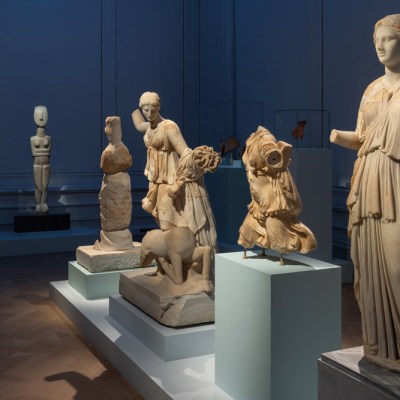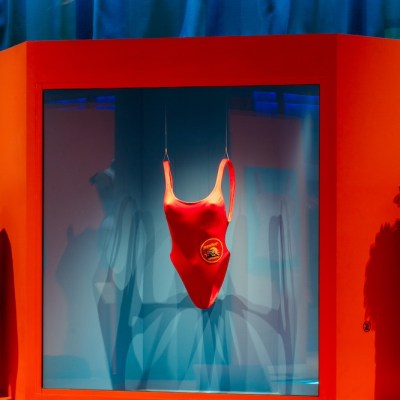After President Trump’s executive order of 27 March, criticising the Smithsonian Institution’s promotion of ‘divisive, race-centred ideology’, its leader, Lonnie G. Bunch III, has restated the organisation’s purpose, reports the Art Newspaper. In an internal memo sent to staff, Bunch wrote that ‘our work will be shaped by the best scholarship, free of partisanship, to help the American public better understand our nation’s history, challenges and triumphs’. He added, ‘We remain steadfast in our mission to bring history, science, education, research and the arts to all Americans.’ A statement organised by the American Historical Association and supported (at time of writing) by 30 other bodies criticised the presidential order titled ‘Restoring Truth and Sanity to American History’, for ‘egregiously misrepresent[ing] the work of the Smithsonian Institution’. Bunch’s memo also emphasised his commitment to working with the Board of Regents – which includes the Chief Justice of the United States, the Vice-President, three members from the Senate, three from the House of Representatives – and is overseen by Congress. The next meeting of the governing body is on 7 April.
In more developments at the Smithsonian, on Friday the National Museum of African American History and Culture announced that its director, Kevin Young, had stepped down. The Washington Post reported that Young had gone on personal leave on 14 March, before the issuing of the presidential order targeting the Smithsonian. Young, who took up his role four years ago, was previously director of the Schomburg Centre for Research in Black Culture at the New York Public Library and is still the poetry of the New Yorker.
Bernhard Maaz, director of the Bavarian State Painting Collections, is also stepping down, reports Art News. In February, the Suddeutsche Zeitung alleged that the state of Bavaria had concealed evidence of Nazi-looted art in its museums, which include the Alte Pinakothek and the Museum Brandhorst, among other institutions. The response of the Bavarian culture minister, Markus Blume, was to promise ‘more transparency, traceability and consistency’ in provenance research. Announcing Maaz’s departure on Tuesday, Blume pointed to shortcomings in other areas, referring to ‘indications and allegations of misconduct and, in some areas, organisational failures’. After the radio station Deutchlandfunk reported that it had been told of ‘sexual harassment of minors and racist harassment by supervisory staff’ as well as illegal monitoring of staff, Blume issued a press release promising reform of the State Painting Collections. Maaz’s interim successor, who takes over with immediate effect, is Anton Biebl, currently head of cultural affairs for the city of Munich.
The Tate has announced that it has received a gift of a triptych by Joan Mitchell and a multimillion-dollar endowment to support curatorial research from the Miami-based collectors Jorge M. and Darlene Pérez. Iva (1973), a monumental triptych by Joan Mitchell is the first major work by the American Abstract Expressionist to enter the collection of the Tate. Maria Balshaw, head of the Tate, described the painting as the most significant work the museum has acquired since Mark Rothko donated nine of his Seagram murals in 1969. The Tate holds some prints and a late painting but, as Balshaw put it, ’By the time we realised the importance of the work, they were too expensive for a UK public institution to buy.’ Jorge Perez, a real-estate developer, and his wife Darlene have given some $60m to the Pérez Art Museum Miami (PAMM), which was named after them in 2011. The Tate has not disclosed the value of the endowment which is earmarked for Latin American and African Art, but it has also announced that a number of works by ‘artists from across Africa and the African diaspora will make their way from the Pérezes to Tate’s collection over the coming years’.
The Texas county that seized works by Sally Mann from a group show at the Museum of Modern Art Forth Worth, on the grounds that they were indecent, will not be pursuing charges against the museum. The four photographs in the ‘Diaries at Show’ exhibition were made between 1985 and 1994 and featured nude children – although it is not clear if they have been returned, reports Artnews. Fears about censorship and artistic freedom in Texas remain, however, as last month a state legislator introduced a bill in which museums could face fines as high as $500,000 for displaying ‘obscene or harmful material’. However, Elizabeth Larison of the National Coalition Against Censorship, told Hyperallergic that ‘No state legislature has the power to criminalize or ban expression that is fully protected by the First Amendment.’



